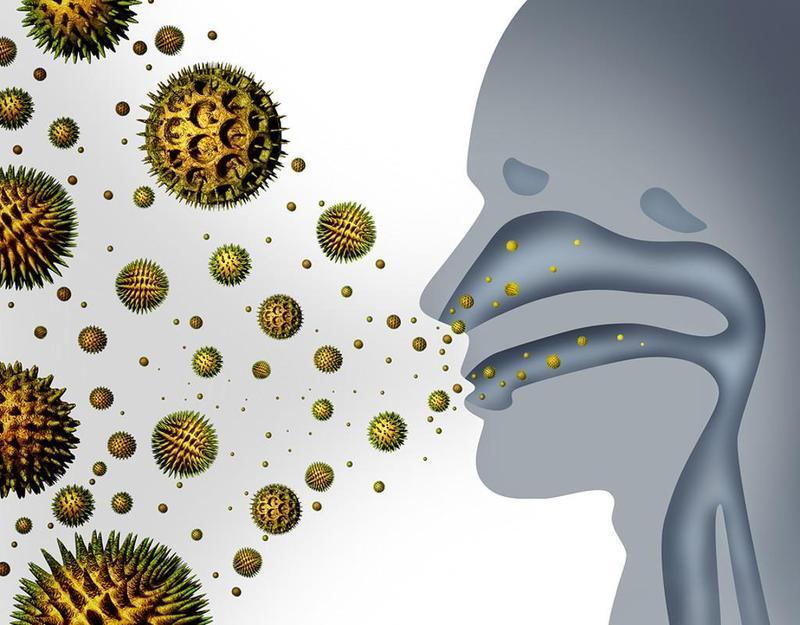Did researchers find a cure for allergies and asthma?Mar 29, 2018

If you have an allergy or allergic asthma, your body thinks of the trigger as an invader — whether it’s ragweed pollen or peanut protein. Your immune system overreacts to protect you, producing antibodies that can cause symptoms like rashes, itchy eyes, a runny nose, breathing problems and more. As WebMD points out, these substances are usually harmless, but the body’s response to them can be severe or even life-threatening.
The usual treatment for many types of allergies is specific immunotherapy (SIT) — or allergy shots. They gradually expose your body to larger doses of the allergen until you develop tolerance or immunity.
But researchers have come up with what they think might be an easier and quicker way to treat and possibly cure allergies and allergic asthma. They’ve taken a tiny amount of the problem substance and encapsulated it in a shell, creating a biodegradable nanoparticle that’s injected into the body. The allergen is a Trojan horse of sort. Much like the Greeks who slipped into the city of Troy, the allergen slips by disguised inside a friendly outer shell.
“The findings represent a novel, safe and effective long-term way to treat and potentially ‘cure’ patients with life-threatening respiratory and food allergies,” said senior author Stephen Miller, professor of microbiology-immunology at Northwestern University Feinberg School of Medicine, in a press release. “This may eliminate the need for life-long use of medications to treat lung allergy.”
“It’s a universal treatment,” he added. “Depending on what allergy you want to eliminate, you can load up the nanoparticle with ragweed pollen or a peanut protein.”
The immune system sees the disguised particle as “innocuous debris,” the researchers say, and sends in special cleaning cells to sweep it away.
“The vacuum-cleaner cell presents the allergen or antigen to the immune system in a way that says, ‘No worries, this belongs here,’” Miller said. So the immune system shuts down any attack and goes back to normal.
The approach has been used in autoimmune diseases including multiple sclerosis and celiac disease, but this is the first time it has been used in allergic diseases. In this study, researchers administered egg protein into the lungs of mice that had been pre-treated to be allergic to the protein and already had antibodies in their blood against it. When they were exposed, they had an asthma-like allergic reaction. After being treated with the nanoparticle, they no longer had a reaction when exposed to the allergen.
Researchers are now conducting similar studies with peanut protein and mice and a clinical trial using people is in development.
The researchers say there’s an added benefit to the treatment. It creates a more normal, balanced immune system by increasing the number of regulatory T cells, which are the immune cells important for recognizing the airway allergens as normal. It switches off the dangerous Th2 T cell that causes the allergy while expanding the good, calming regulatory T cells.
by Mary Jo DiLonardo For Mother Nature Network
Be the first to post a message!